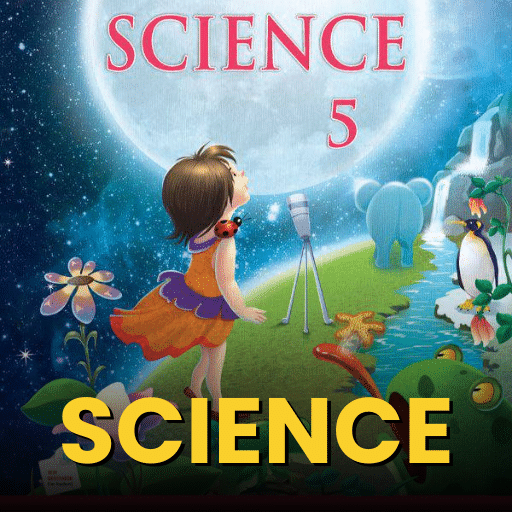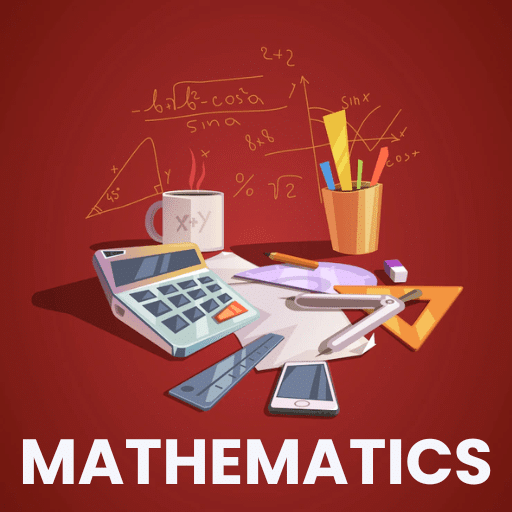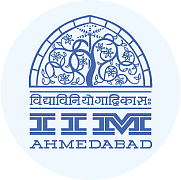Important Solved Questions for CAT: Number Systems | Quantitative Aptitude (Quant) PDF Download

Que 1: If m and n are natural numbers such that n > 1, and mⁿ = 225 × 340, then m - n equals
(a) 209932
(b) 209937
(c) 209942
(d) 209947
Sol: We must bring the right-hand side in the form so that everything has the same power.
25 has factors 1, 5, and 25.
The only common factor 40 and 25 have is 5 (other than 1 of course, which does not work).
So the right-hand side can be rewritten as (25)5 × (38)5
(32 × 81 × 81)5
(209952)5
Giving the value of m - n as 209952 - 5 = 209947
Que 2: Let n be the least positive integer such that 168 is a factor of 1134n. If m is the least positive integer such that 1134n is a factor of 168m, then m + n equals
(a) 9
(b) 15
(c) 12
(d) 24
Sol:
Prime Factorising 1134, we get 1134 = 2 × 34 × 7 and 168 = 23 × 3 × 7
1134n is a factor of 168 ⇒ the factor of 2 should be at least 3, for 168 to be a factor ⇒ n = 3.
Now, 1134n = 11343 = 23 × 312 × 73 is a factor of 168m = (23 × 3 × 7)m
⇒ m = 12 as power of 3 should be at least 12.⇒ So, m + n = 15.
Que 3: How many 4-digit numbers, each greater than 1000 and each having all four digits distinct, are there with 7 coming before 3?
Sol: Here there are two cases possible
Case 1: When 7 is at the left ex treme
In that case 3 can occupy any of the three remaining places and the remaining two places can be taken by (0,1,2,4,5,6,8,9)
So total ways 3(8)(7)= 168
Case 2: When 7 is not at the ex tremes
Here there are 3 cases possible. And the remaining two places can be filled in 7(7) ways.(Remember 0 can’t come on the ex treme left)
Hence in total 3(7)(7)=147 ways
Total ways 168+147=315 ways
Que 4: How many pairs(a, b) of positive integers are there such that a ≤ b and ab = 42017?
(a) 2018
(b) 2019
(c) 2017
(d) 2020
Sol: ab = 42017 = 24034
The total number of factors = 4035.
out of these 4035 factors, we can choose two numbers a, b such that a < b in [4035/2] = 2017.
And since the given number is a perfect square we have one set of two equal factors.
∴ many pairs(a, b) of positive integers are there such that a ≤ b and ab = 42017 = 2018.
Que 5: The number of all natural numbers up to 1000 with non-repeating digits is
(a) 504
(b) 648
(c) 738
(d) 585
Sol: 1-digit numbers ⇒ We have 1 to 9 ⇒ 9
2-digit numbers ⇒ x y, we have 9 ways to choose x from 1 to 9 ⇒ 9 ways and 9 ways to choose y (0 to 9 ex cept x ) ⇒ 9 × 9 = 81
3-digit numbers ⇒ x y z, we have 9 ways to choose x , 9 ways to choose y and 8 ways to choose z ⇒ 9 × 9 × 8 = 648
Total numbers till 1000 without digits repeated in them is 9 + 81 + 648 = 738.
Que 6: Let N, x and y be positive integers such that N = x + y, 2 < x < 10 and 14 < y < 23. If N > 25, then how many distinct values are possible for N?
Sol: Possible values of x = 3,4,5,6,7,8,9
When x = 3, there is no possible value of y
When x = 4, the possible values of y = 22
When x = 5, the possible values of y=21,22
When x = 6, the possible values of y = 20.21,22
When x = 7, the possible values of y = 19,20,21,22
When x = 8, the possible values of y=18,19,20,21,22
When x = 9, the possible values of y=17,18,19,20,21,22
The unique values of N = 26,27,28,29,30,31. Therefore there are 6 possible values of N.
Que 7: How many integers in the set {100, 101, 102, …, 999} have at least one digit repeated?
Sol: Total number of numbers from 100 to 999 = 900
The number of three digits numbers with unique digits:
_ _ _
The hundredth’s place can be filled in 9 ways ( Number 0 cannot be selected)
Ten’s place can be filled in 9 ways
One’s place can be filled in 8 ways
Total number of numbers = 9x 9x 8 = 648
Number of integers in the set {100, 101, 102, …, 999} have at least one digit repeated = 900 – 648 = 252
Que 8: Let m and n be natural numbers such that n is even and 0.2 < m/20, n/m, n/11 < 0.5. Then m - 2n equals.
(a) 3
(b) 1
(c) 2
(d) 4
Sol: 0.2 < n/11 < 0.5
⇒ 2.2 < n < 5.5
Since n is an even natural number, the value of n = 4
0.2 < m/20 < 0.5 ⇒ 4 < m > 10 . Possible values of m = 5,6,7,8,9
Since 0.2 < n/m < 0.5, the only possible value of m is 9
Hence m-2n = 9-8 = 1
Que 9: If a, b and c are positive integers such that ab = 432, bc = 96 and c < 9, then the smallest possible value of a + b + c is
(a) 49
(b) 56
c) 59
(d) 46
Sol: Since c < 9, we can have the following viable combinations for b x c 96 (given our objective is to minimize the sum):
48 x 2; 32 × 3; 24 × 4; 16 × 6; 12×8
Similarly, we can factorize a × b = 432 into its factors. On close observation, we notice that 18 × 24 and 24 x 4 corresponding to a × b and b x c respectively together render us with the least value of the sum of a + b + c = 18 + 24 + 4 = 46
Hence, Option D is the correct answer.
Que 10: The mean of all 4-digit even natural numbers of the form ‘aabb’, where a > 0 , is
(a) 4466
(b) 5050
(c) 4864
(d) 5544
Sol: The four digit even numbers will be of form:
1100, 1122, 1144 … 1188, 2200, 2222, 2244 … 9900, 9922, 9944, 9966, 9988
Their sum ‘S’ will be (1100 + 1100 + 22 + 1100 + 44 + 1100 + 66 + 1100 + 88) + (2200 + 2200 + 22 + 2200 + 44 +…)….+(9900 + 9900 + 22 + 9900 + 44 + 9900 + 66 + 9900 + 88)
=> S=1100x 5 + (22 + 44 + 66 + 88) + 2200x 5 + (22 + 44 + 66 + 88)….+ 9900x 5 + (22 + 44 + 66 + 88)
=> S=5x 1100(1 + 2 + 3 +…9) + 9(22 + 44 + 66 + 88)
=>S=5x 1100x 9x 10/2 + 9x 11x 20
Total number of numbers are 9x 5 = 45
∴ Mean will be S/45 = 5x 1100 + 44 = 5544.
|
191 videos|133 docs|109 tests
|
FAQs on Important Solved Questions for CAT: Number Systems - Quantitative Aptitude (Quant)
| 1. What are the basic concepts of Number Systems that I should know for CAT preparation? |  |
| 2. How do I solve problems related to divisibility in Number Systems for CAT? |  |
| 3. What strategies can I use to tackle Number System questions in the CAT exam? |  |
| 4. Are there any common types of Number System questions asked in the CAT exam? |  |
| 5. How important is practicing Number Systems for the overall CAT exam preparation? |  |


























